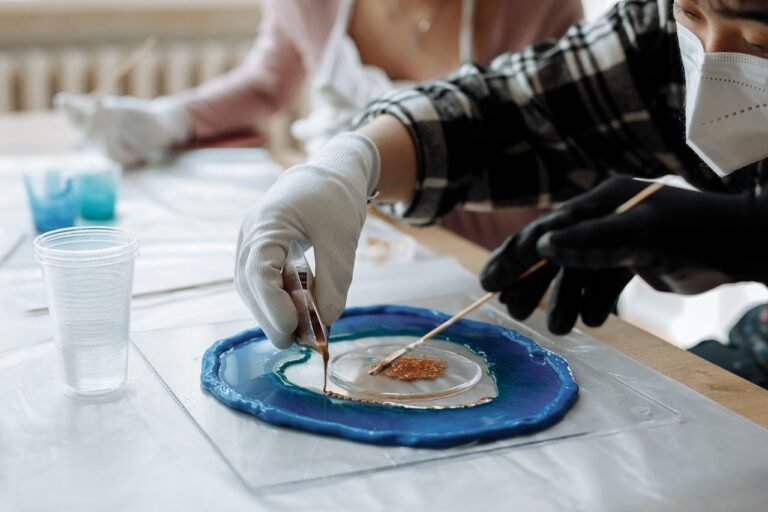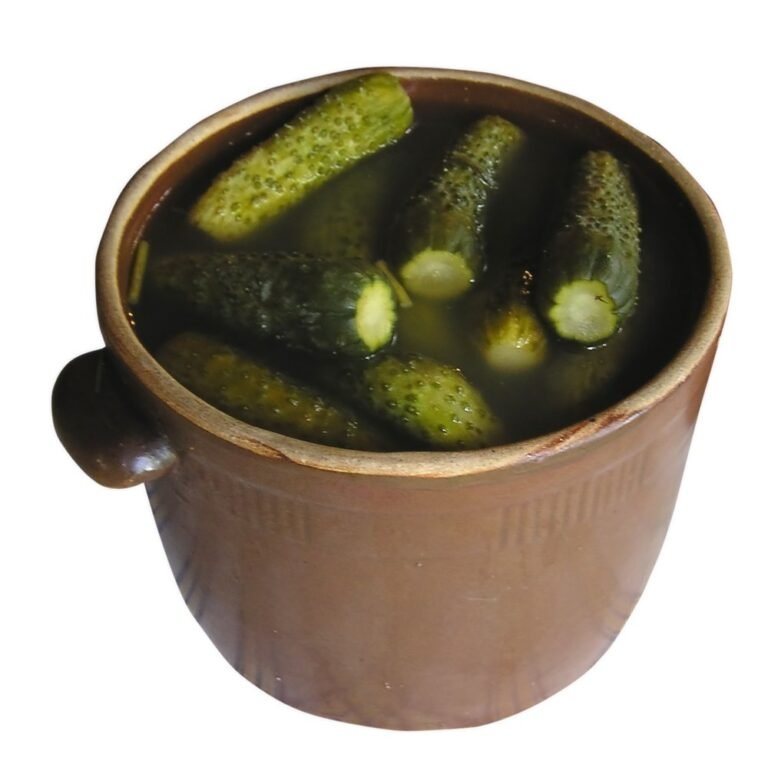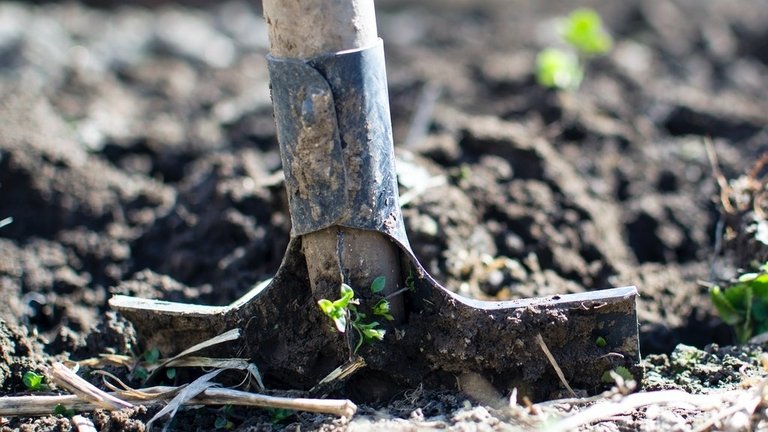How to Use Sargent Art Plastilina Modeling Clay?
Plastilina is a wax- and oil-based modeling material. It is also referred to as plasticine, plasteline, plastiline, and plasticium. Calcium salts, petroleum jelly, and aliphatic acids make up this product. Is Sargent Art Plastilina modeling clay easy to use?
When using Plastilina modeling clay, there are several steps to follow. It comes in a variety of hues and does not need coloring. Using Plastilina is like handling regular clay. The material’s non-drying property makes it ideal for stop motion animations.
What Are The Steps To Using Plastilina Modeling Clay?
To soften plastilina clay, wedge it. The process is like kneading dough. To make handling easier, cut the clay with a wire clay cutter if there is a massive amount.
Form clay slabs into sculptures using a rolling pin or your hands. Join two pieces by crisscrossing the edges with a needle tool. You can also join two slabs with wire or toothpick ends. Use smaller pieces of plastilina to decorate the sculpture.
Support the artwork with a wire armature. To create the desired shape, apply clay over the wire. Create patterns or motifs on your sculptures using a wood modeling tool. Find out how to use Sargent Art Plastilina modeling clay in this video:
What Are The Other Facts About Plastilina Modeling Clay?
Children use this as a playing material. It is sometimes beneficial for modeling more formal or permanent structures. People use plastilina to make masks, figurines, and prosthetic devices for sculpture projects. Claymation (stop motion) movies use it to create characters.
There are three main groups of plastilina. They are professional grade, school grade, and industrial grade. Professional type plastilina contains sulfur to create a smooth texture.
ROMA plastilina is an oil- and wax-based material. PRIMA plastilina is a non-sulfur professional grade material. The original plastiline was gray. For the initial public sale, manufacturers produced four colors.
School grade plastilina, or amateur grade, does not contain sulfur. Using the fingers to model is more challenging due to its stiffness. It comes in a variety of striking colors.
The industrial-grade plastilina is very rigid, so you need to heat it before using it. Designers in the automotive field use this type of plastilina for car models. It is not available for the retail consumer.
Can You Bake Sargent Art Modeling Clay?
Using an oven, you can harden Sargent Art modeling clay. Polymer clay has a variety of uses. You can carve, drill, and paint it after baking it for crafts. Heat it to around 100 degrees Celsius for 20-30 minutes baking.
Different types of clay need various baking methods. Identifying the type of clay before hardening a non-hardening clay is essential. Ceramic, oil-based, watercolor, and polymer clay are the four types of modeling clays.
Polymer clay is the most common type of clay for crafting. It is a bit more challenging to work with at first. Baking it in an oven hardens this type. Before baking polymer clay, freeze it to make it more pliable.
How Do You Harden Sargent Art Non-Hardening Modeling Clay?
It is possible to harden non-hardening modeling clay with or without an oven. Depending on the type of clay or color, baking temperatures may differ.
Before baking the clay, read the instructions. You can search online for the manual if you cannot find it in the package. Follow the instructions for preheating the oven.
Place your mold on parchment paper or in a glass dish. To ensure even heat distribution, position the sculpture in the middle of the baking tray. Also, place the baking tray in the middle of the stove.
Ensure they are cool before you touch them unless they crack. Wrap the artwork in a kitchen towel and wait about 15-20 minutes. Afterward, you can add more decorations. In the oven, do not use plasticine or clay that is oil-based. There is a possibility of it causing a fire or melting.
Does Non-Hardening Modeling Clay Need An Oven To Harden?
Heat cannot harden certain kinds of modeling clay. Clay of this type requires something other than heat to cure. The use of a chemical reaction or a dehumidifier is possible here.
The chemical reaction method requires a binder like glue or white vinegar. It is most common to use glue as a binding agent. The correct proportion of binder to modeling clay is about a tablespoon for every half cup.
Using a dehumidifier to harden non-hardening clay is another method. To maintain humidity during construction, keep the modeling clay package open. Also, a space heater or humidifier can help you regulate humidity levels.
Another popular method of hardening modeling clay without an oven is with a heat gun. The operation of this device requires some expertise, but it is an inexpensive option.
You have to be familiar with a heat gun for safe handling. You can also use a hairdryer to create heat, but it is less efficient than a heat gun.
Clay Hardening: What Are The Best Practices?
Use designated areas like sheets to dry out models. Thereby you can prevent them from getting ruined by moisture. Wrap each model in an old cotton washcloth to prevent them from touching.
For protection, place all finished products on top of newspaper sheets. On top of the modeling clay, sprinkle some cornstarch before applying paint or ink. It prevents bleeding into other areas when you add the ink.
Due to its ability to absorb moisture from the air, cornstarch is ideal for this purpose. With each new layer, it can maintain flexibility as well. Keep finished artwork away from direct sunlight to prevent fading.
How Can I Soften Sargent Art Plastilina Modeling Clay?
Make sure it’s at room temperature of 68-70 degrees Fahrenheit. If not, place the material two to three feet away from a 60-watt light bulb for about 20 minutes. To change the consistency of the clay, soften it by placing it near a light bulb. Knead in small amounts of oil until the density is even.
It is not advisable to microwave plastilina that contains sulfur. There is a risk of overcooking. You can place non-sulfur plastilina in a microwave oven to soften it.






